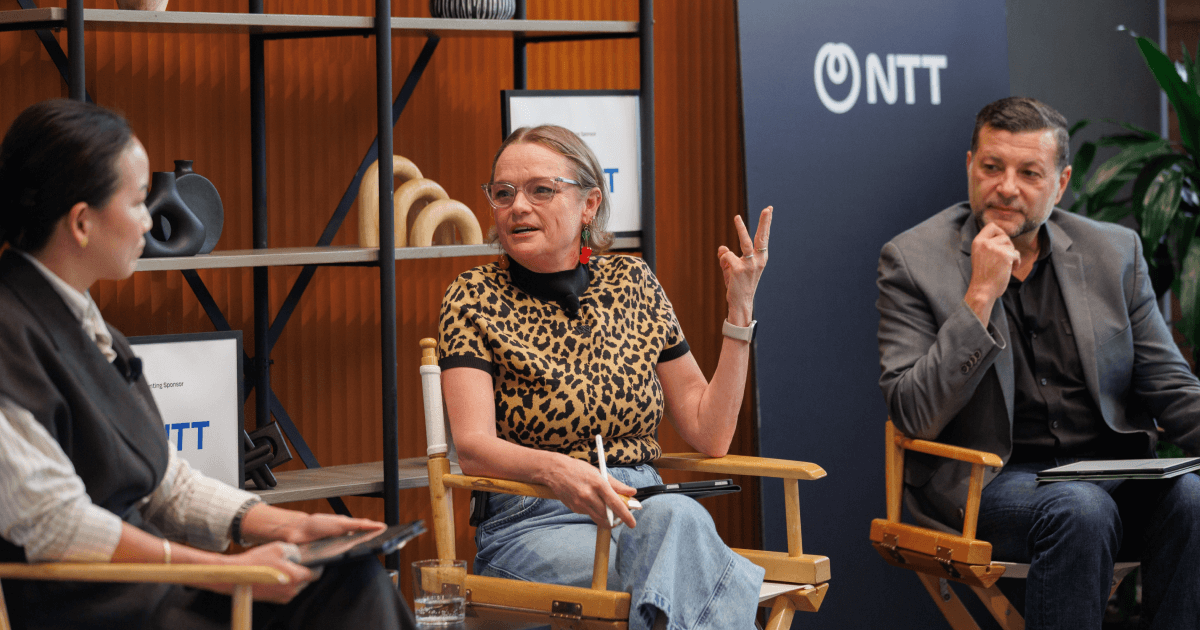Results over roles: Embracing open talent with John Winsor


“In the new world of hybrid work and AI, one thing is clear: the war for talent is over—and talent won.” - John Winsor
With remote and hybrid models becoming the norm and AI’s growing presence in business operations, enterprises are increasingly adopting a blended workforce that integrates full-time employees with freelancers and third-party providers. But this shift didn't happen overnight. For years, the digital revolution has been eroding traditional organizational boundaries and driving the adoption of open innovation, including the utilization of crowdsourcing platforms for talent acquisition. Now it has become clear that businesses must adapt to and harness the potential of this digitally enabled environment of "open talent" or risk falling behind.
This week on Catalyst, renowned entrepreneur, author, and expert on open talent John Winsor joins Clinton to discuss his book Open Talent, a practical guide for how to integrate open talent strategies into your organization. Check out the highlights below, then dive into the full episode to learn more.
Urgent need for talent
Despite all the green banners you may be seeing on your LinkedIn feed, there's still a significant demand for talent. This is especially true in tech-related fields where millions of jobs are projected to go unfilled by 2030 due to talent shortages. These shortages could result in trillions in revenue loss. It’s going to be sink or swim, and adopting proactive strategies to combat the talent shortage is the life preserver.
Friction in traditional hiring processes
Traditional hiring processes are often slow and bureaucratic, which often leads to inefficiencies and delays in getting work done. The process of getting full-time or even contingent workers in-house could take four to six weeks. To combat this, companies are increasingly turning to open talent models such as crowdsourcing and freelancing platforms to access talent in days, not weeks.
Shift to outcome-oriented work
Alongside this, there's been a shift towards focusing on outcomes rather than traditional job roles and an emphasis on what needs to be accomplished rather than who does it. The World Economic Report found that 69% of workers feel that employment contracts should be based on results, not hours. Results will always speak louder than words.
Blended workforce strategy
A blended workforce strategy incorporating full-time employees, third-party vendors, and open talent is key to optimizing talent utilization and adapting to changing demands. Gartner found that 65% of employees feel flexible work options would “impact their decision to stay at the organization.” If tech and other industries keep exclusively trying to fill their open positions with full-time, in-office, college-educated workers, then they will continue to have a lot of empty roles. Diving into the diverse global talent pool is key to driving innovation and solving complex problems.
Corporate culture shift
Embracing open talent requires a shift in corporate culture. Agility clashes with rigidity, so businesses need to move towards embracing innovation and flexibility with support from leadership. Developing a widespread growth mindset is paramount to overcoming traditional barriers.
As always, don’t forget to subscribe to Catalyst wherever you get your podcasts. We release a new episode every Tuesday, jam-packed with expert advice and actionable insights for creating digital experiences that move millions.





